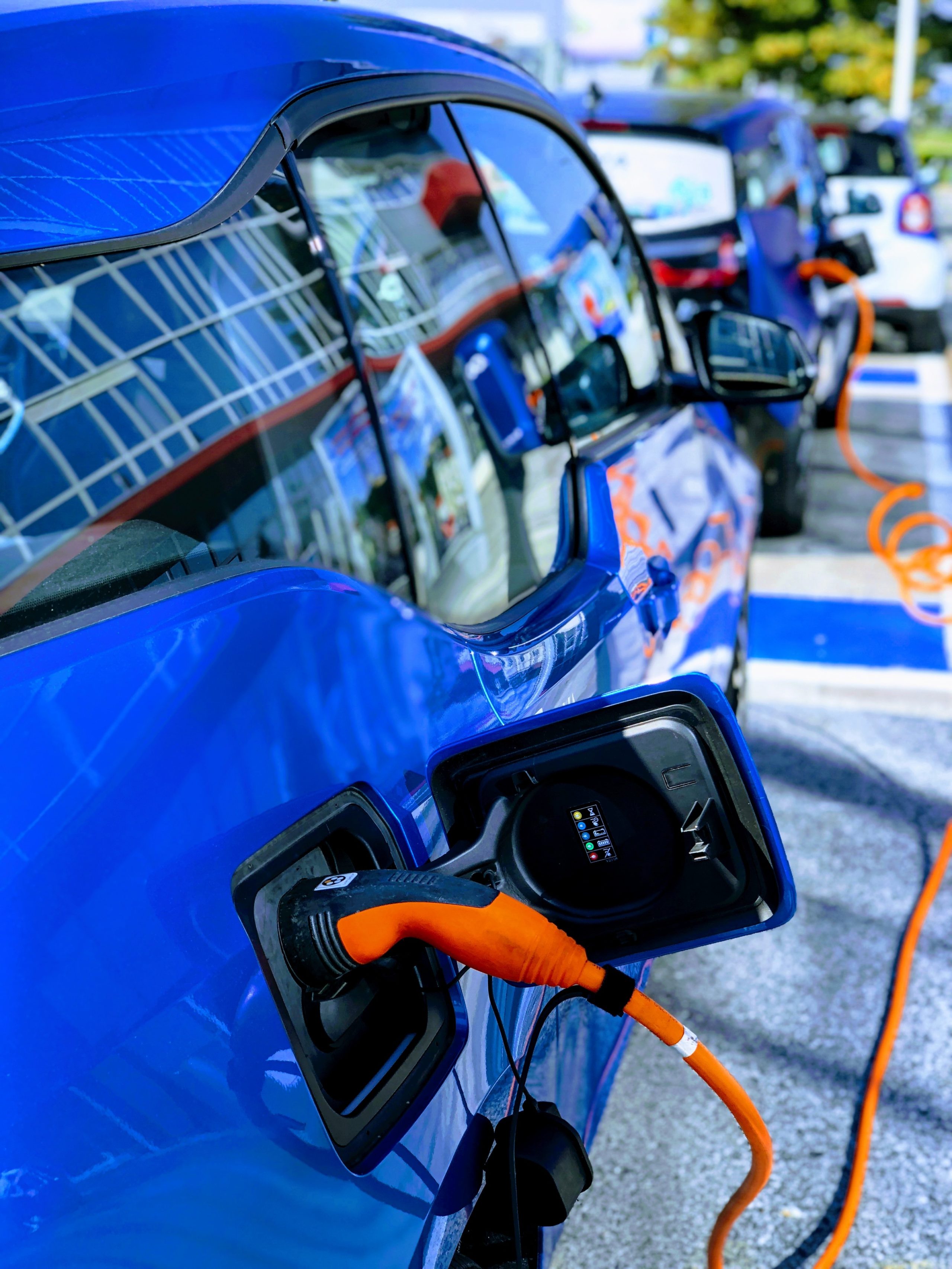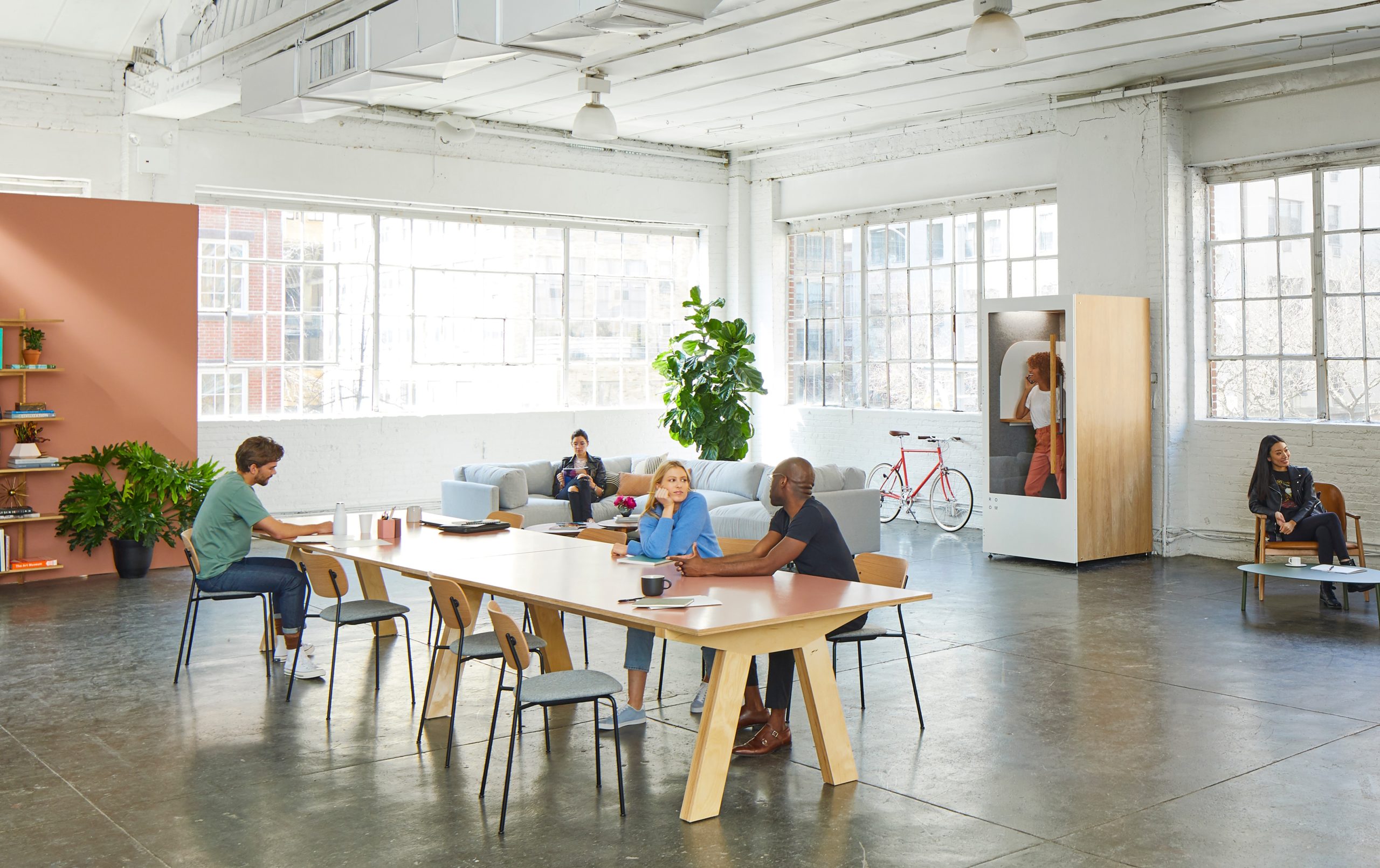
Klimatkommunernas' 10-task-list for local governments
Sweden is taking a leading role in the climate transition, and local governments have an important role. Our members have solid experience of climate strategy and action. We know that it’s possible to implement a number of climate measures with positive effects on working environment, health and economy. Below, we have selected ten steps that all local governments in Sweden can take. The ten steps focus on emissions from the municipal organization, where the local governments’ availability to reduce emissions is the greatest.
Good luck!
Klimatkommunernas’ members, board and secretariat

1. Replace fossil fuels with renewables
Emissions from vehicles owned and leased by the municipality and its’ municipal companies can easily be reduced, by exchanging vehicles and fuels for greener options. Start out by reviewing which vehicles you own and what fuels they run on. Then, set a goal of phasing out the fossil fuels from your municipal operations. Our members recommend forming a vehicle group with key persons, that develops an action plan. Centralizing ownership of the vehicles by appointing a ”vehicle unit” with a dedicated ”vehicle boss” who then leases/rents vehicles to the users in the different departments/units, is another success factor.

2. Make climate-friendly travel the most attractive choice
Decide on a travel policy for climate-friendly business travel. And in parallel, implement measures that are in line with the policy. This makes it easy for your employees to do the right thing. The travel policy ranks which modes of transport the employees should choose for different types of travel. Measures that facilitate climate-friendly travel according to the policy can be, for example, setting up a bicycle pool, offering public transport cards or reviewing the price and availability of parking spaces.

3. Start an internal carbon pricing system for business trips
Add a carbon fee to your municipality’s business trips, to reward sustainable travel choices and encourage local climate measures. This is how it works: When a politician or official travels by plane or own car (high fossil CO2-choices), a carbon fee is added to the price of the trip. The collected money is collected in a fund that then finances measures for sustainable travel. Carbon pricing makes climate friendly travel modes more attractive.

4. Manage the money
Many municipalities are including their finances in the scope of their climate work, by directing capital investments away from funds and companies associated with the fossil fuel industry. Municipalities can also offer green investment options for others, by borrowing money for climate and environmental projects via green bonds. Municipalities who work actively to make their finances sustainable receive positive attention for this and become more attractive to investors.

5. Only buy renewable electricity

6. Put solar cells on municipal buildings
Use the municipality’s roof to produce local green energy for homes and businesses. Many municipal housing companies invest in local micro-production of solar and wind, which is appreciated by tenants. It is a concrete climate measure that is clearly visible and often leads to positive meetings and conversations.

7. Improve energy efficiency and save money
Make an inventory of your municipal group’s buildings to find out how and where in each building the energy is consumed. How should washing machines, lamps and equipment be used to consume as little energy as possible? How are renovations carried out to make energy use as efficient as possible? Looking over the current situation and then implementing measures when replacing machines and renovating can provide major savings, both in energy and economy. If the tenants are involved so that they change how they use energy, further savings can be made.

8. Reuse your furniture
Invest in quality when procuring and purchasing funrnityre. This increases the lifespan of products and reduces total consumption. Departments and units in the municipality make daily choices that can contribute to a resource-efficient society with more circular flows. A simple way is for units and departments to exchange furniture with each other.

9. Co-create tasty, climate-friendly meals
Food accounts for a significant part of the human climate impact. Municipalities, as purchasers and educators, have a key role to play in achieving sustainable food production locally and globally. Cooperation and communication are key words. With an open and clear dialogue between meal staff, educators and ”guests”, commitment and influence are created. It becomes easier to reduce food waste, cook more food from scratch, cook more vegetarian dishes and serve seasonal salad tables. Which in turn provides financial space to procure and buy more organic ingredients. And when meat is served, it is local and organic.

10. Engage the younger generations
Climate change and the transition to a sustainable society are highly ranked by children and young people when they list the biggest challenges of our time – what will their world look like in the future? Make sure to capture the ideas of children and youth on how your municipality can be developed. Create forums where children’s views can be presented and heard. One of the education system’s most important tasks is to give pupils and students the tools to be able to live and work in a sustainable way. There are a variety of tips and materials that help teachers promote sustainable development in their particular subject.